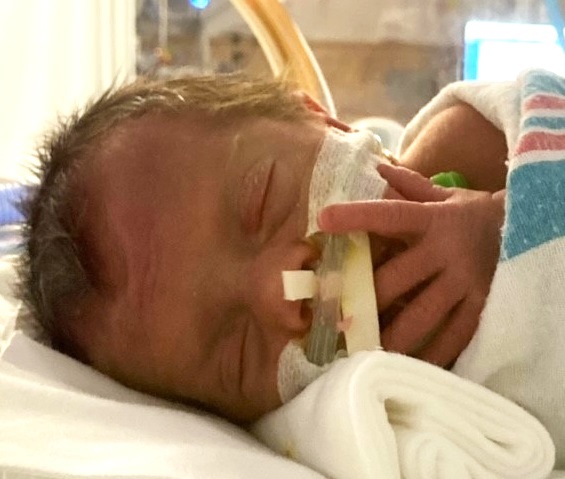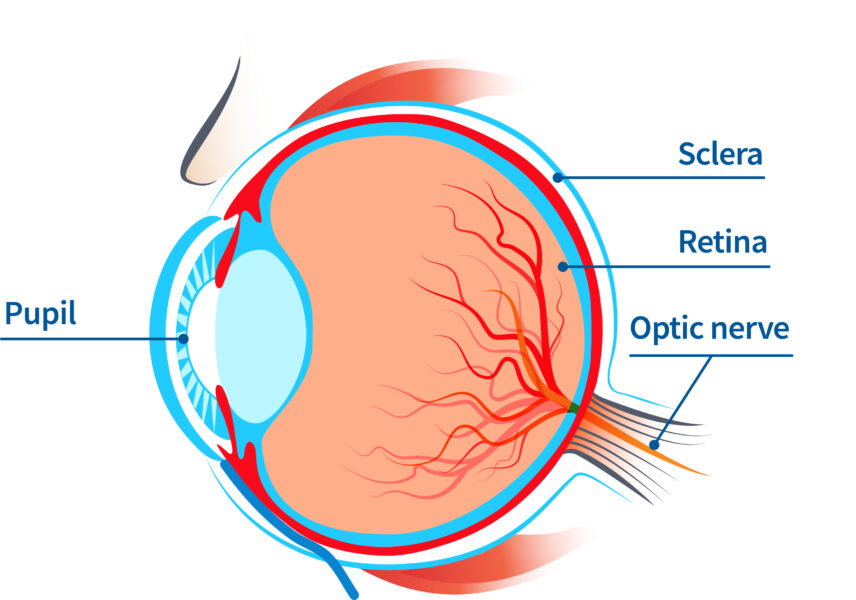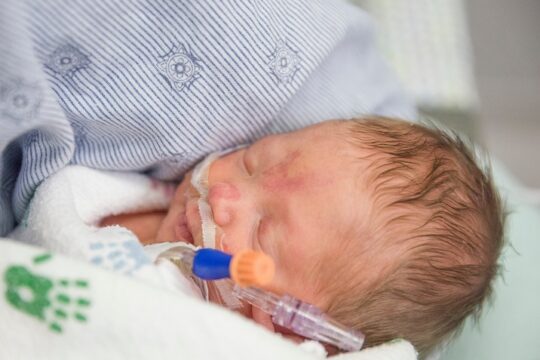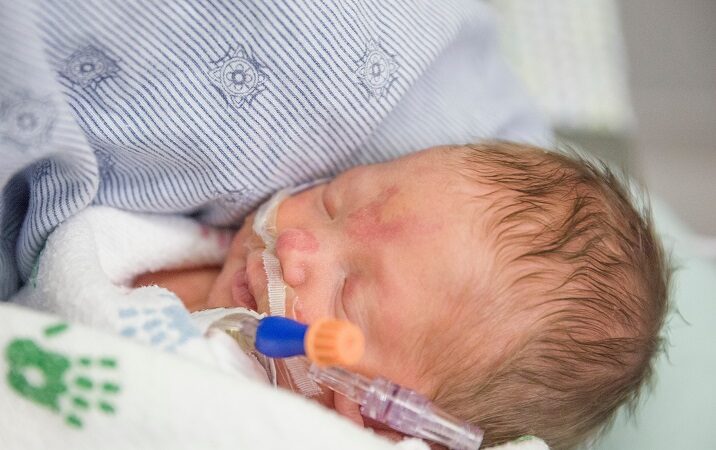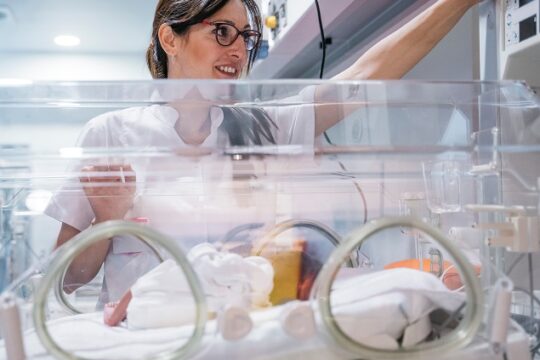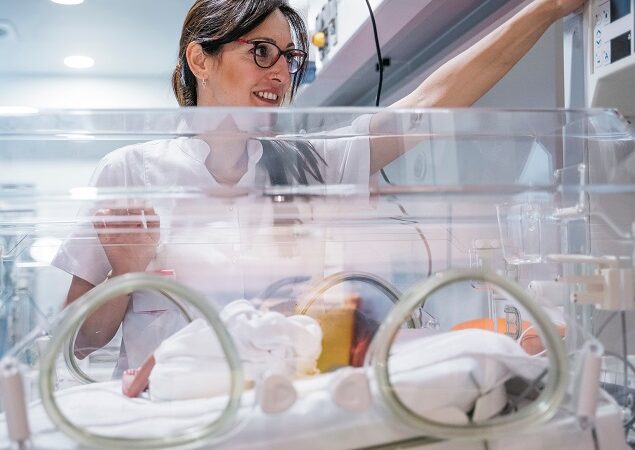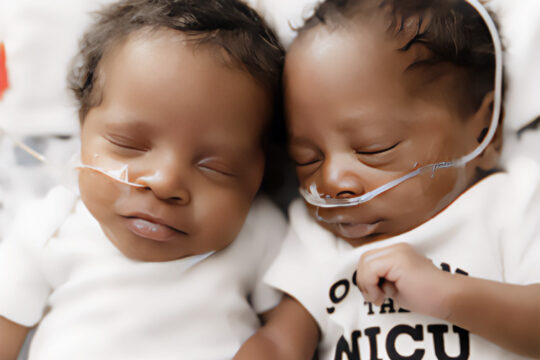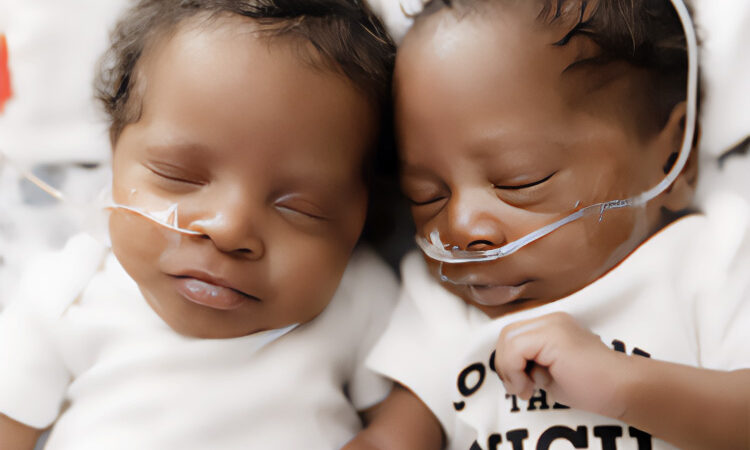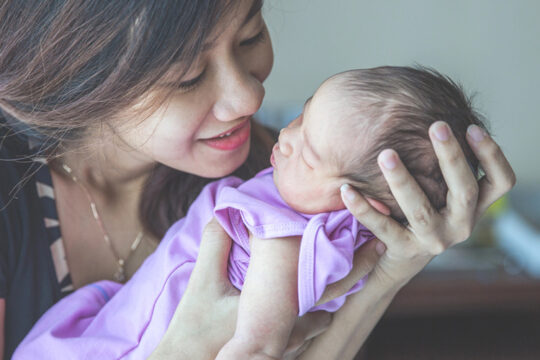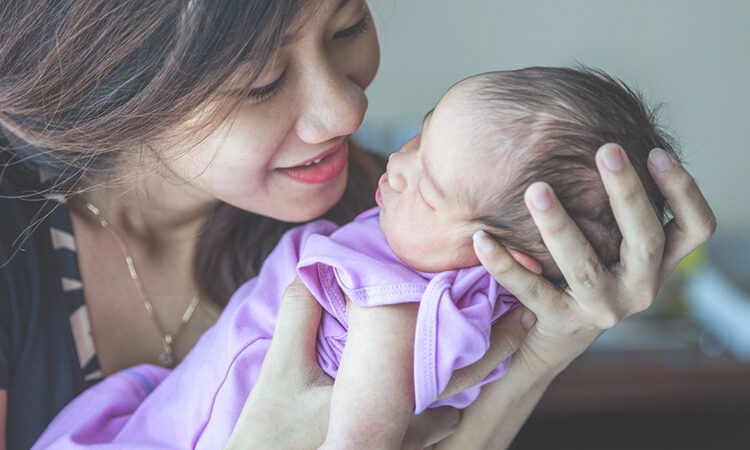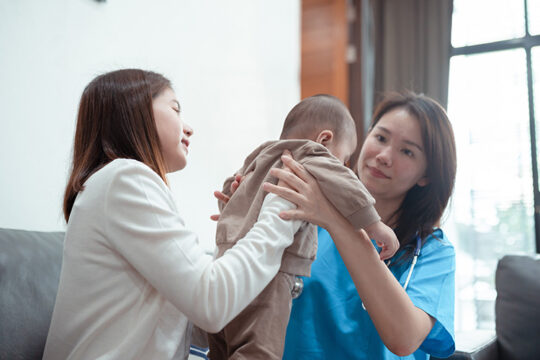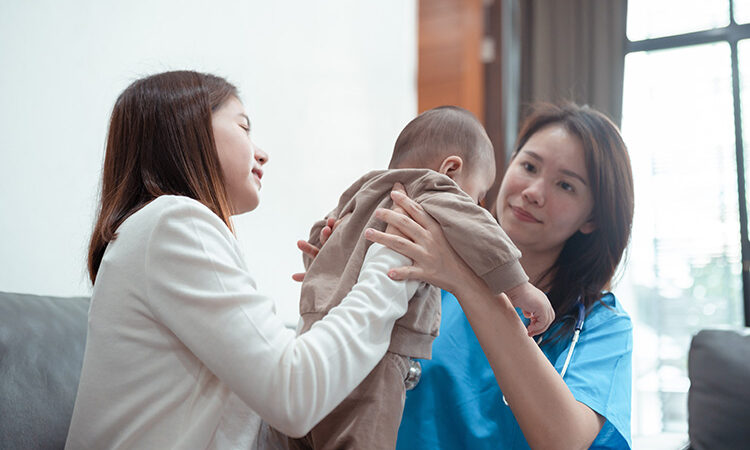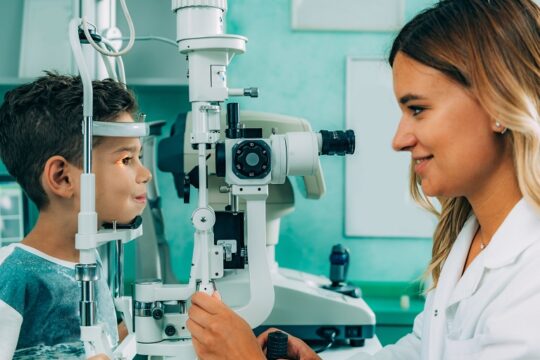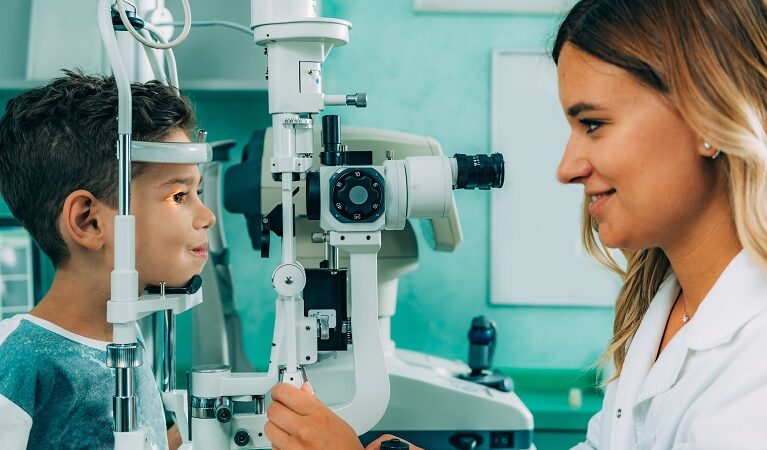What follow up is needed for Retinopathy of Prematurity when your baby leaves the NICU?
All babies with Retinopathy of Prematurity (ROP) need be checked about every 1-3 weeks until the ophthalmologist determines the ROP has fully resolved and/or the retina has fully grown blood vessels. Then, the baby’s eyes can be checked less often. Some of these checks may happen after the baby goes home from the NICU. It is very important that you keep all scheduled follow-up appointments your doctor recommends. The earlier ROP is identified, the more helpful the treatment will be in preventing vision loss.
Will ROP affect my baby’s vision later in life?
All children diagnosed with ROP, whether or not they needed treatment for it, will have an increased risk for other vision problems as they get older.
Many of these vision problems can be treated with eyeglasses, eye drops, patching (sometimes wearing an eye patch), specialized prescribed devices, or eye surgery.
For babies with more serious ROP, early identification and treatment is the most important way to prevent vision problems later in life. While successful treatment can protect the center of the retina so the child has a better chance of seeing clearly directly in front of them, many will have some loss to their peripheral (side) vision (ability to see motion or objects outside the direct line of vision).

Questions to ask the doctor:
You are a big part of your child’s care team. Here are some questions that might be helpful to ask when talking with the ophthalmologist:
- What is my child able to see?
- Will my child require medical treatment?
- Does the treatment have any complications?
- What are the chances that my child could go blind from ROP?
- How likely is it that my child’s ROP will return after treatment?
- How frequently do I need to bring my child in for follow-up eye examinations?
- How will my child’s vision be affected in the future?
This information was developed in partnership with
and made possible with funding from:

